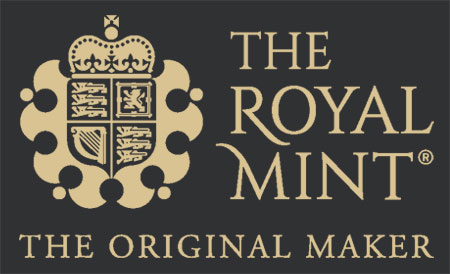String puppets have a rich and ancient history that traces back thousands of years. Their origins are believed to lie in ancient civilizations such as Egypt, India, and Greece, where figures manipulated by strings or rods were used in religious rituals, storytelling, and entertainment. In ancient India, for example, shadow and string puppetry were integral to transmitting moral and spiritual tales, while in Egypt, wooden figures with jointed limbs have been discovered in tombs, suggesting ceremonial or performative uses. The Greeks and later the Romans developed more sophisticated forms of puppetry, incorporating articulated limbs and simple string mechanisms. By the Middle Ages, marionettes had become popular across Europe, particularly in Italy and France.
There is evidence of puppetry originally taking place in the UK around 600 years ago in the 1400s. The earliest recorded puppet show took place at Bartholomew Fair around 1600. In the 1700s, there are records of Italians travelling in the UK and performing with puppets, mostly likely marionettes (string puppets).
In the Victorian era, marionettes were a popular form of entertainment for adults and children in England. There were many puppet theaters in England in the 19th century, including 29 in London alone. However, by the 1860s, permanent marionette shows were no longer popular, and traveling shows became more common. Traveling troupes were world-famous and performed shortened versions of popular entertainment, such as melodramas, pantomimes, minstrel shows, and music hall.
More recently the tradition was continued with John Wright Marionettes (1952 in South Africa, then in Hampstead London by 1957) who then founded the Little Angel Theatre by the late John Wright and his wife Lyndie in 1961. Marionette making is still vibrant in Europe, particularly Germany.
There are five remaining theatres in the UK with specially designed marionette bridges:
- The Harlequin (Britain’s First Permanent Puppet Theatre) – Colwyn Bay, N. Wales. Opened 1958. Currently closed for restoration.
- The Puppet Theatre Barge, London – is one of the only remaining theatres dedicated primarily to string puppets / marionettes.
- The Norwich Puppet Theatre, Norfolk
- The Little Angel Theatre, London
- Upfront Theatre, Penrith
- Purves Puppets
Most string puppet makers are associated with puppet theatres.






